Submitted by Antonello Magliozzi
The regeneration of abandoned Italy through smart villages
Italy Architecture News - Oct 19, 2020 - 17:11 9298 views
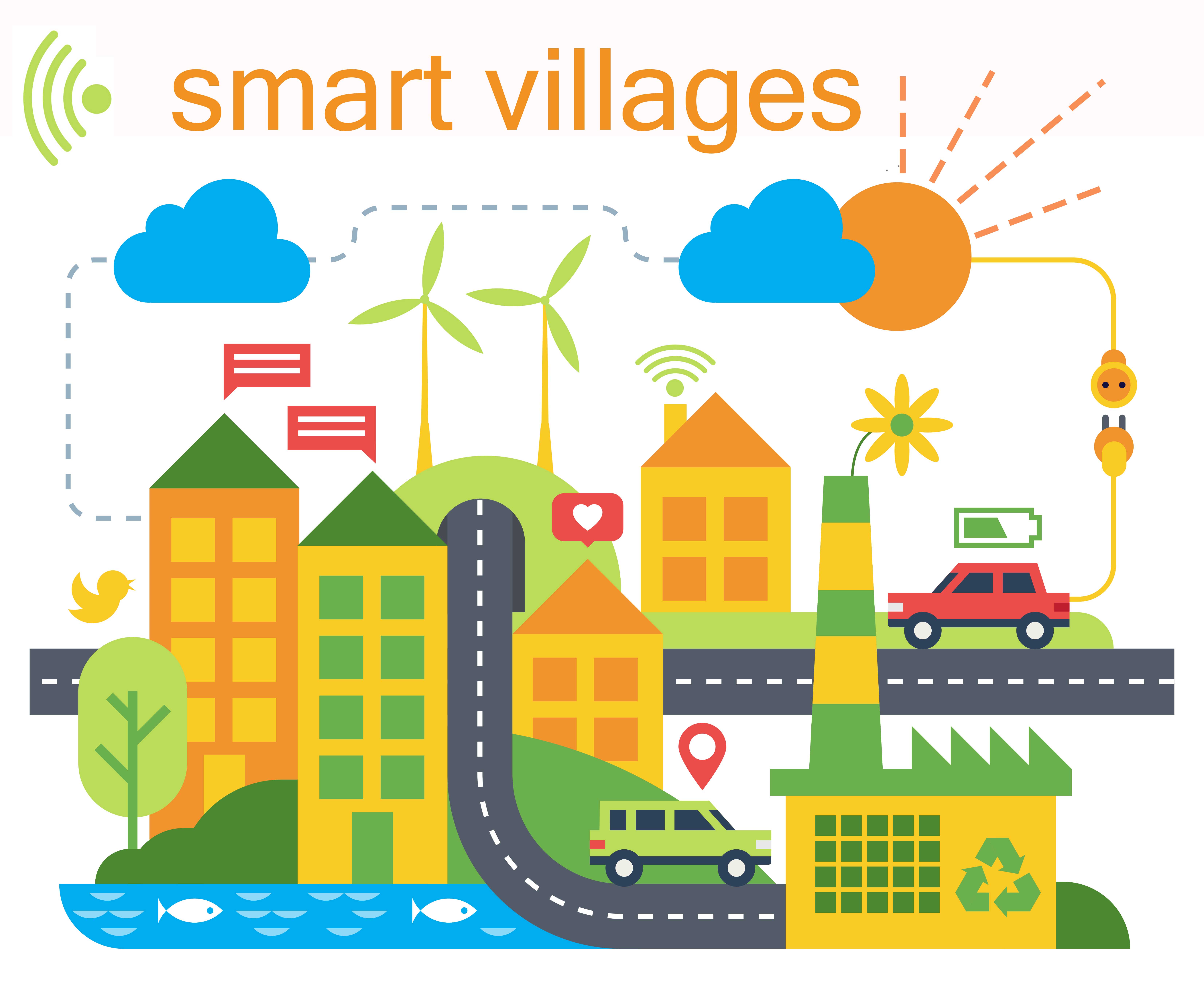
There is an "abandoned Italy" made up of public and private assets, also constituted from the majority of the so-called "widespread" cultural heritages, those that have represented the dense cultural wealth of Italy, those that have marked its history and peculiarities. 60 years after the Gubbio Charter, the written agreement for the protection and restoration of historic centers, Italy still has 6,000 abandoned historic villages, and many others at risk of abandonment or in conditions of serious underutilization. This occurs mainly in the so-called "internal areas" of Italy, in a portion of the territory equal to 60% of the national one, as recorded by the Italian Risk Charter in last years. A piece of Italy made of "forgotten" architecture and landscapes that tells the story of local culture, knowledge and traditions, that represents how these have ensured social cohesion throughout history together with the protection of the territories themselves. An Italy made up of partly unknown cultural heritages, which now needs new studies and enhancements to rediscover its meaning, as well as to fully understand its potential for relaunching the economy from the local to the national level.
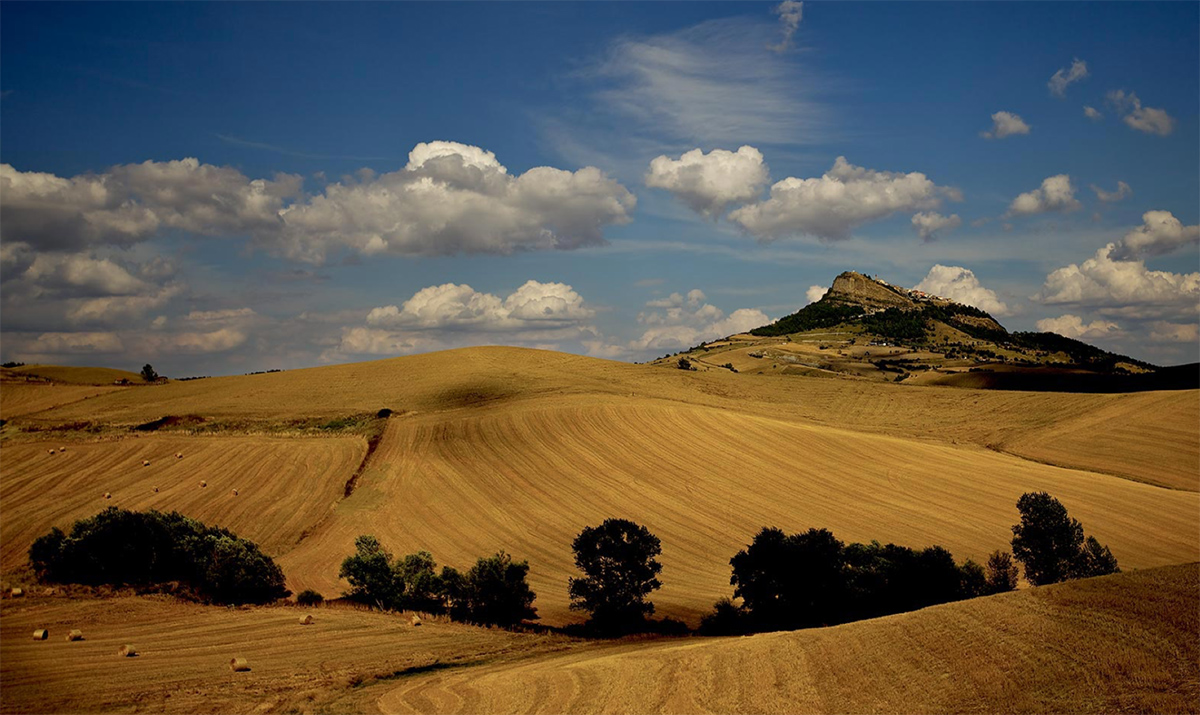
Ofanto valley, Cairano. Image © Federico Verderosa
But how is it possible to recover this part of Italy today? How is it possible to regenerate it, making "ghost towns" and "hidden territories" usable and productive again? To answer these questions, knowledge and understanding of the cultural evolution of recent years is necessary.
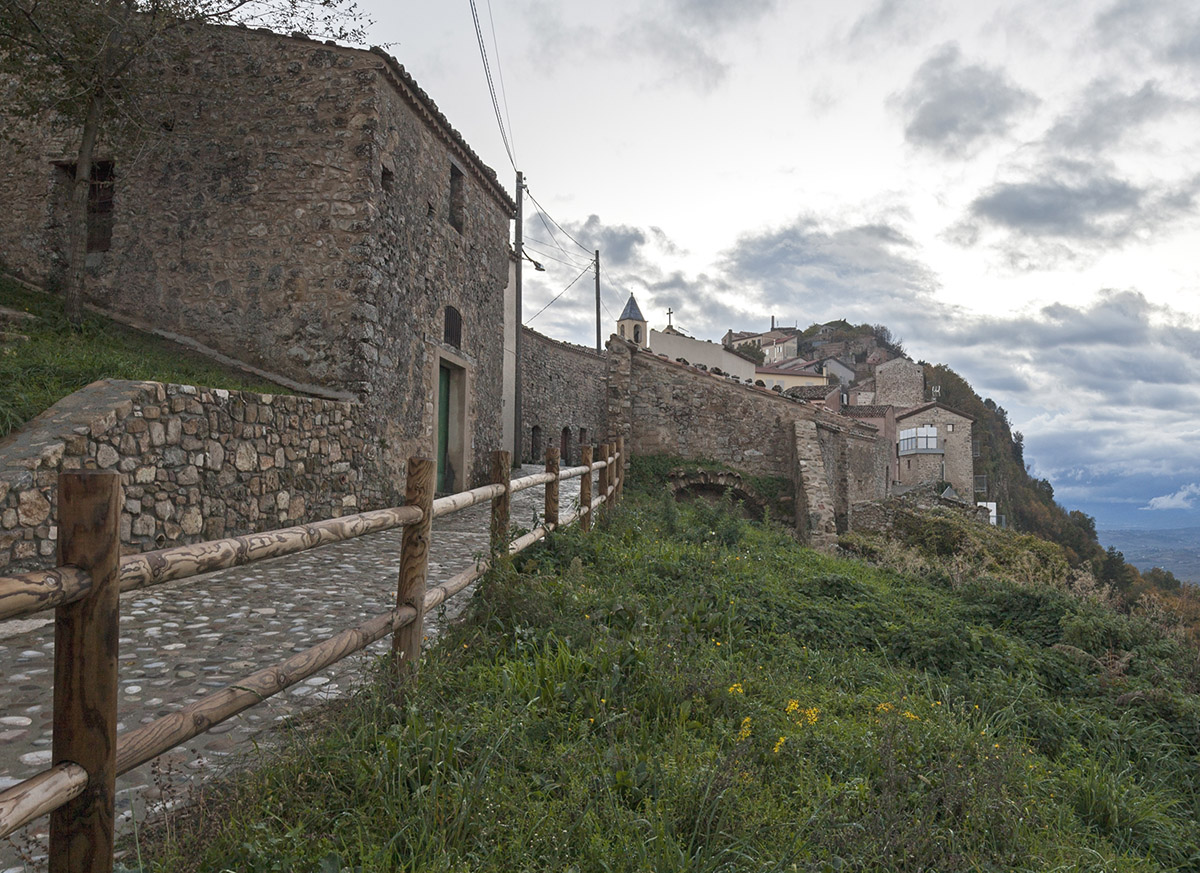 Cairano village view. Image © Antonio Sena
Cairano village view. Image © Antonio Sena
Since the 1990s, the "recovery of abandoned Italy" has been dealt with in academic tables, even on the occasion of various specific actions by local authorities, but with few tangible results. This depended on the vastness of the assets to be recovered, but above all on the lack of a strategic vision of global governance. A "lesson learned" which has been absorbed by the cultural evolution of the last ten years and which has determined the transformation of the idea of recovery into regeneration of complex systems. A concept that has also generated a new push towards development programs that could combine public and private interest in a systemic vision. In 2013, in fact, the SNAI Program for a “National Strategy for Internal Areas” was born in Italy to concretely develop territorial cohesion, contrast phenomena of marginalization and demographic decline in 72 areas, with 1077 municipalities and 2.072.718 inhabitants. The SNAI program thus immediately made available over € 281 million and, although it started in a few years for most of the selected sites, it was not really successful. In 2016, the SNAI audit group found indeed several delays and inefficiencies compared to expectations. An inertia that highlighted how much the growth process had not yet reached the whole territory, and how old administrative habits still persisted with a trend towards "micro-design". This is also due to the lack of a single language and the same culture among all the subjects participating in development programs.
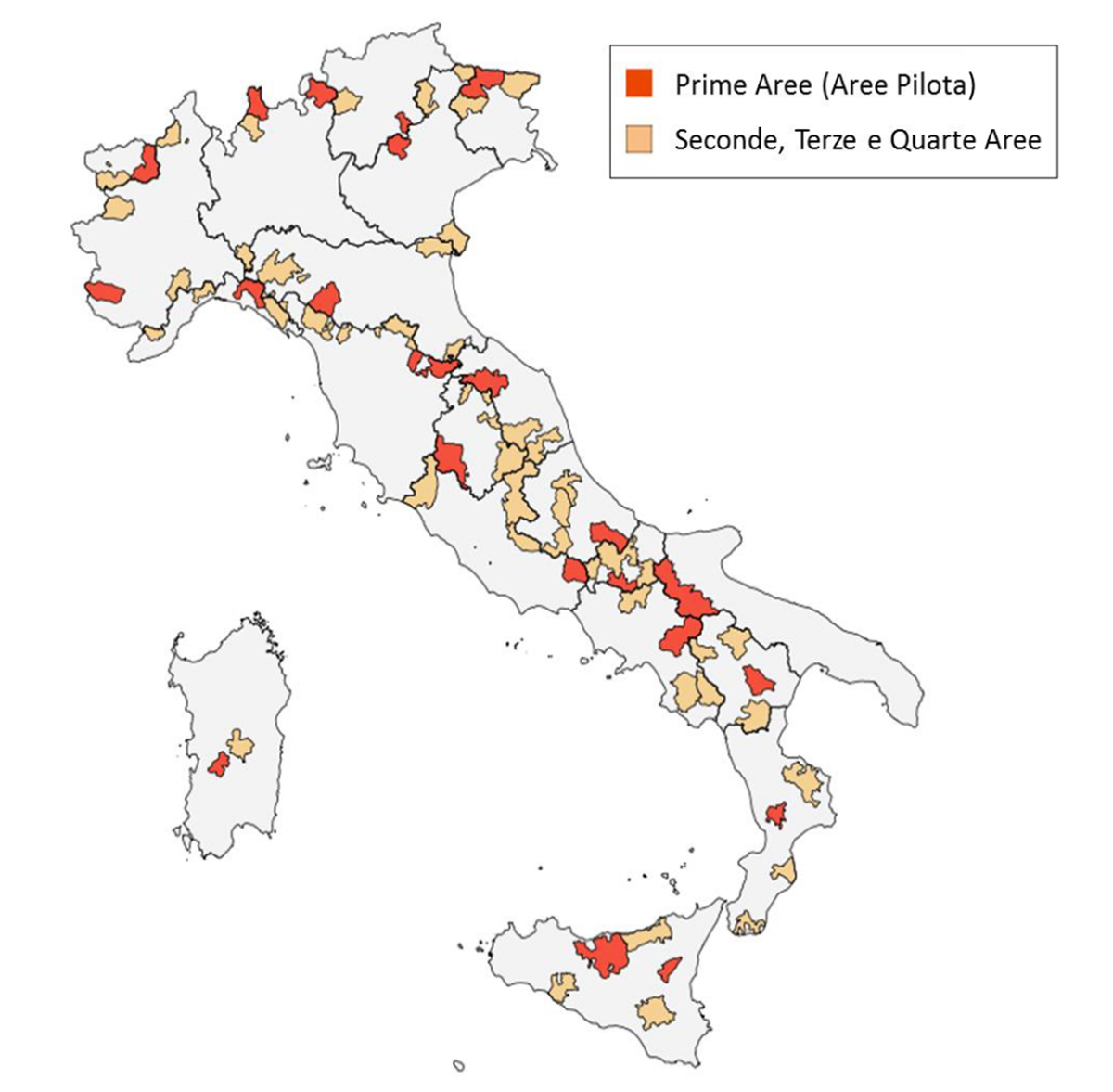
Italian map with 72 areas inside the SNAI program. Image © Cipe
In order to favor the evolution of territorial regeneration programs, in 2018 the 2nd level University Master in "Architecture and Design for the Internal Reconstruction of Small Villages" was launched, promoted and organized by the Department of Architecture of the Federico II University of Naples and by the Regional Council of Campania, with the participation of other public and private bodies. It was also the subject of a specific workshop during the 2018 Architecture Biennale, in the Italian pavilion: Arcipelago Italia, which addressed the theme of the recovery of widespread heritage. The Master, now at the end of the second cycle, is aimed at training designers, employees of the Public Administration and private companies. It wants to provide training courses useful to all those who participate in the redevelopment projects of internal areas and it is therefore aimed at creating the cultural acceleration required by the SNAI project: for the best dissemination of a new project culture. A single language for all stakeholders, to crystallize a new vision of sustainable systemic solutions in line with ancient and modern times.
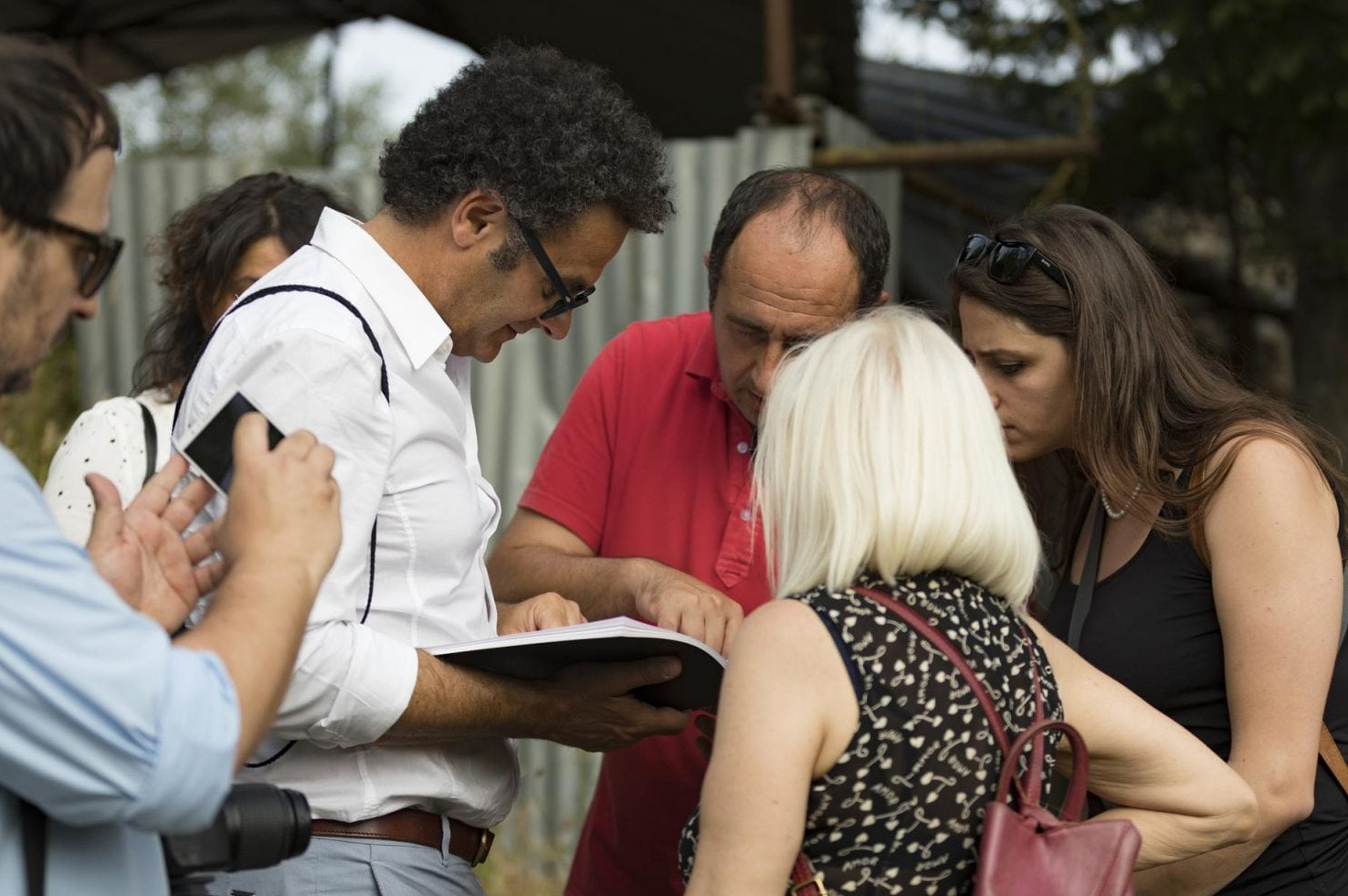 Federico Verderosa, architect and Co-Director of the master's workshop “Architecture and design of internal areas. Re_construction of small villages” with his team. Image © Antonio Sena
Federico Verderosa, architect and Co-Director of the master's workshop “Architecture and design of internal areas. Re_construction of small villages” with his team. Image © Antonio Sena
There are also signs of a further cultural change in 2017, when the European Commission promoted an Action Plan for Smart Villages to support rural areas in accordance with the same principles of the SNAI program. A further boost towards a new way of thinking about the recovery of "forgotten" internal areas through innovation and digital transformation. Smart Villages are thus designed to trigger virtuous processes of social and economic growth, with the aim of creating new economies linked to tourism, but also generating research and innovation. These are in fact created to promote the regeneration projects of "internal areas" through specific development drivers: the vision and capacity of public governance, the involvement of important partners in the technological / digital and research sectors, and the participation of local communities. A model that further enhances the Italian project in its regional connotations, but which frames it in a global strategic action of the "old continent" for the "renaissance" of the lost heritage.
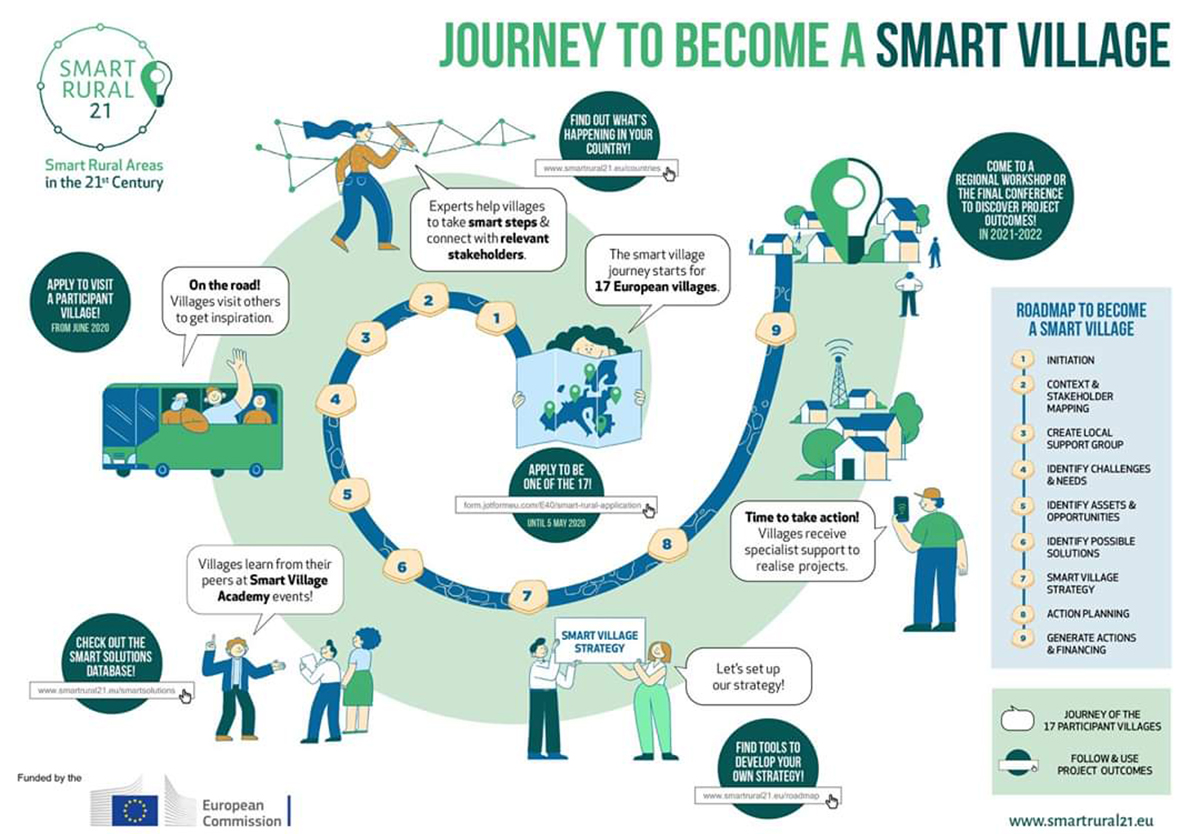 Journey to became a smart village. Image © Smartrural21
Journey to became a smart village. Image © Smartrural21
Going back to the question of how the areas of abandoned Italy can be regenerated and how economies can be revived, here are the answers! The development process is complex, it requires a local and global strategic action at the same time, it requires a gestation time for the cultural growth of all stakeholders, a time necessary for the development of very extensive projects, both in terms of territory and of financial commitment. A process that necessary develops in successive steps, with the aggregation of projects and results. In any case, it requires a holistic and modern approach which today may be summarized in the “smart village” concept.
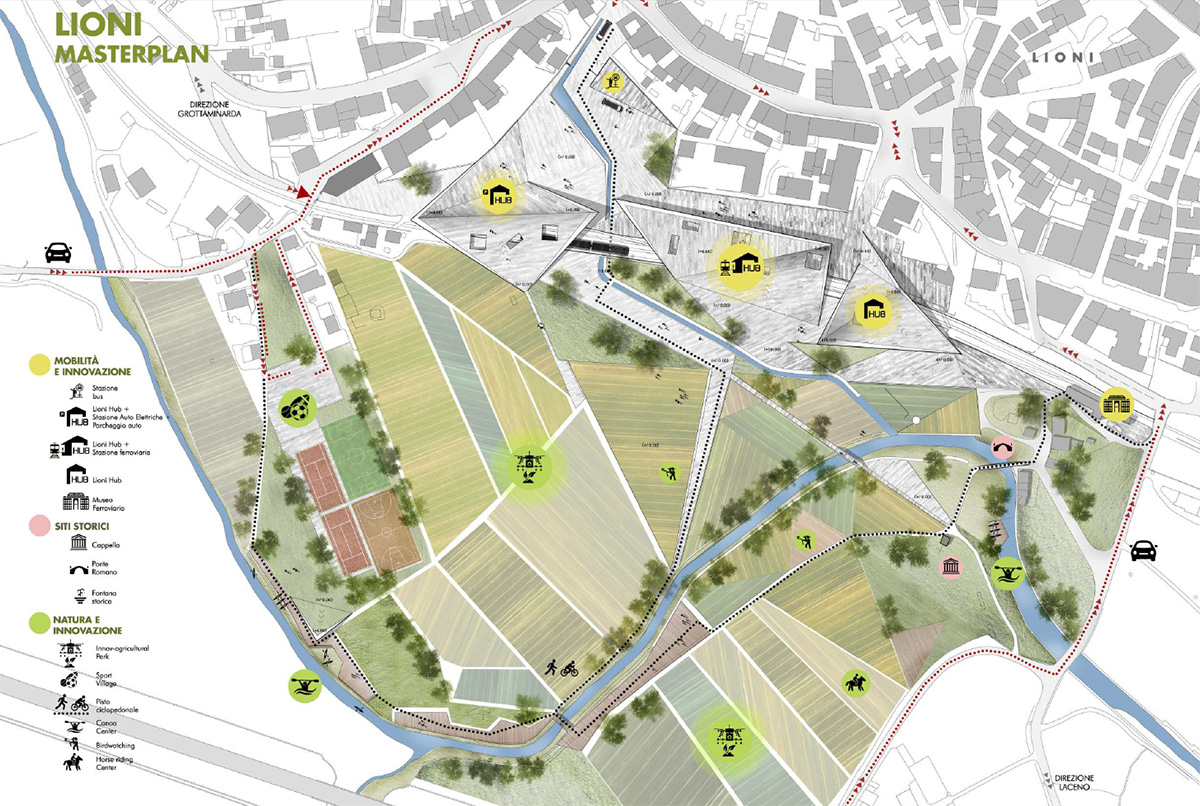 Lioni Masterplan. "Architecture and Design for the Internal Reconstruction of Small Villages" Master study. Image © Giovanni Zucchi, Università degli Studi di Napoli Federico II
Lioni Masterplan. "Architecture and Design for the Internal Reconstruction of Small Villages" Master study. Image © Giovanni Zucchi, Università degli Studi di Napoli Federico II
Today we are witnessing an epochal change supported by the initiatives underway and, although the results are still not very visible, it is possible to affirm that there is a positive possibility of development. But abandoned heritage cannot simply be recovered through public governance initiatives alone! Instead, it can be reactivated in projects that meet the needs of economic, social, and environmental sustainability, and when this sustainability is a common intent of all the actors involved, both designers, policymakers, and financiers. The recovery of the existing heritage, of that great piece of Italy depopulated and impoverished in the last century, in fact, stems from the satisfaction of multiple requirements. Requirements relating to the engineering of projects concerning energy, seismic, typological / functional and environmental functions. Requirements for the restoration and reuse of heritage according to the protection regulations. Last but not least, the economic and social requirements for a profitable functional and productive reactivation of spaces through innovative and intelligent processes. Requirements that must be met all together to regenerate abandoned Italy.

"Architecture and Design for the Internal Reconstruction of Small Villages" Master study. Image © Giorgia Flor, Ivan Iosca, Rossella Laer, Federica Nogara, Roberto Sabatino, Università degli Studi di Napoli Federico II
A lot of work, a challenge that often frightens! Especially in a country as Italy with the slowness of its bureaucratic systems. However, this is the most important challenge in terms of numbers, dimensions and values, which in the future can tell a different story. A challenge that today, even during the second wave of infections of the pandemic, cannot be stopped and does not stop. The story of the birth of the first Italian smart village in mid-October 2020 tells it. Its name is Santa Fiora, it is a Tuscan town also known as "the city of water and music", and today is a candidate to host people who want to work remotely within a "smart village". In fact, the town invites workers from all over Italy to repopulate its houses and streets and thus provides an ultra-wide fiber communication network together with a useful contribution to cover 50% of the cost of renting the houses. It offers the beauty of its territories to be rediscovered and reused. A project that has the ambition to stimulate and repopulate the territory through the use of information and communication technologies (ICT) together with local participatory action. An example that aspires to trigger the first step of the local regeneration process through the drivers of innovation and “suburban wellbeing” with the aim of enhancing the Italian heritage. That rich stage that can tell history, society and culture as in a sunrise concert.
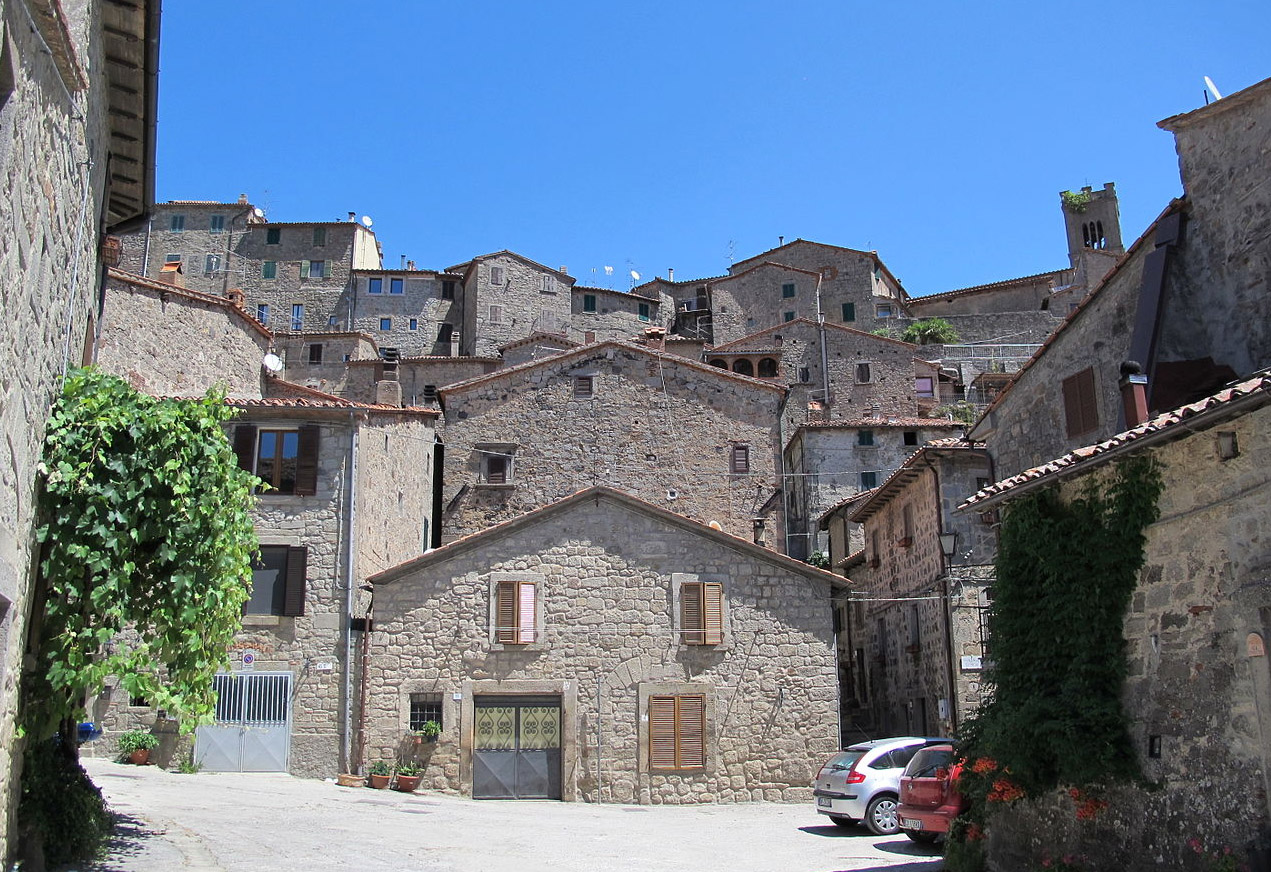
Santa Fiora smart village. Image © Sailko

Cairano Village, Vinicio Capossela sunrise concert. Image © Federico Verderosa
Top image courtesy of Dreamstime